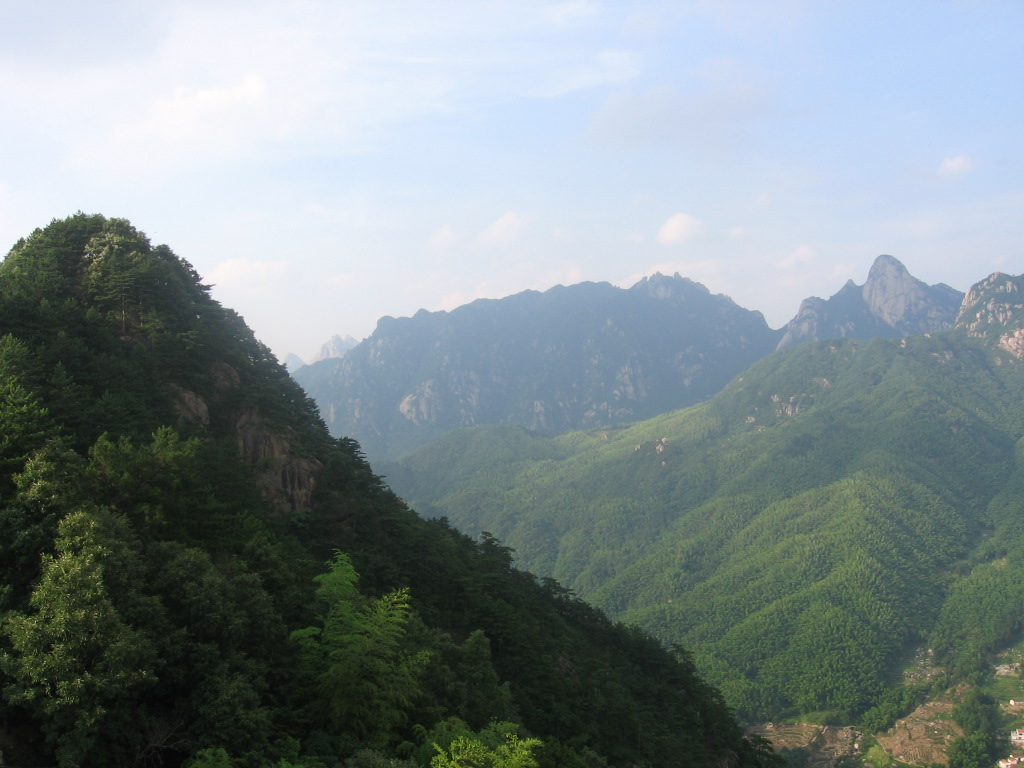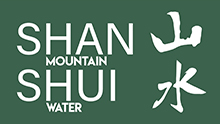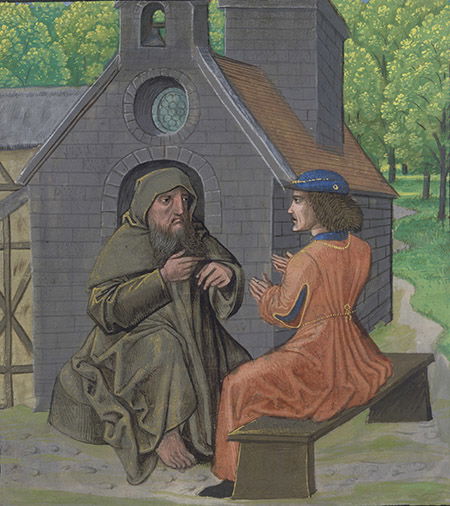
An essay on the subject of women and eremitism — is now ten years old: “She wants to be alone,” by Rhiann Sasseen, with byline “When even a simple stroll down the sidewalk is an exercise in self-loathing, why don’t more women run away to the woods?” The essay appearedin Aeon in 2015 and reminds a cogent and insightful reflection worth revisiting.
The author directly addresses thepremises: “If the hermit is always a man, if there’s nobility in his solitude, then what’s left for women? Old maid. Hag. There must be something wrong with her. Don’t pretend that these aren’t still true; today, we don’t burn witches, we just shame them.”
“But for those of us who want to be alone, who still crave it even after all the abuse and skepticism, there are few guides and even fewer celebrations of female solitude. Who is the female hermit? Does she exist? Who is the woman who can look out at the world and in all seriousness say: ‘I want to be alone’?”
Significant hitorical figuresare pursued: the woman hermit Mary of Egypt during the early Christian era, early Buddhist nuns who were poets and hermits, culminating inthe 17th century Buddhist nun Orgyen Chökyi, Americans Sarah Bishop (18th century) and Anne LaBastille (20th century) among others.
URL: https://aeon.co/essays/is-becoming-a-hermit-the-ultimate-feminist-statemen




